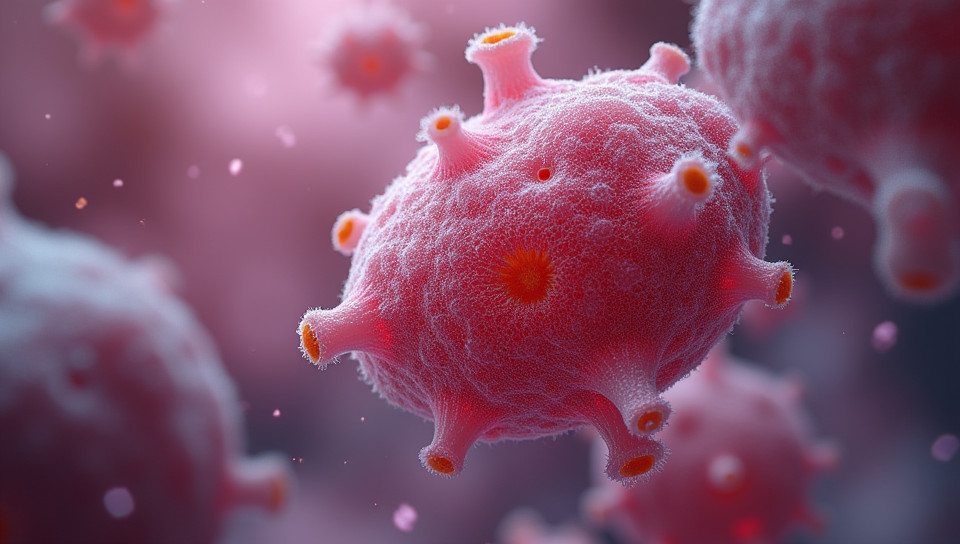Tissue engineering enhances organ repair 85%

Tissue Engineering: The Future of Organ Repair
Imagine being able to repair damaged organs and tissues without the need for transplants or lengthy surgeries. A field that has been gaining significant attention in recent years is tissue engineering, a multidisciplinary approach that combines biology, engineering, and medicine to create functional substitutes for damaged tissues and organs. This innovative field holds great promise for improving patient outcomes and revolutionizing the way we treat organ damage.
The Need for Tissue Engineering
Organ failure and damage are major public health concerns worldwide. According to the World Health Organization (WHO), approximately 20% of deaths globally are attributed to cardiovascular diseases, many of which result from damaged heart tissue. Similarly, kidney disease affects over 850 million people worldwide, with many requiring dialysis or transplantation due to end-stage renal failure. Current treatments for organ damage often involve surgical interventions, pharmaceuticals, or transplantation, which can be expensive, invasive, and limited in their effectiveness.
The Science Behind Tissue Engineering
Tissue engineering involves the use of biomaterials, cells, and bioactive molecules to create artificial tissues that mimic the structure and function of natural tissue. This approach leverages advances in fields such as biotechnology, nanotechnology, and biomaterials science to develop scaffolds, matrices, and other tools that support cell growth and differentiation.
- Advantages of tissue engineering include:
- Minimally invasive procedures
- Reduced risk of rejection and infection
- Improved patient outcomes and quality of life
- Potential for on-demand production of tissues and organs
Current Applications and Future Directions
Tissue engineering has already shown promise in various clinical applications, including:
- Cardiac tissue repair: Researchers have developed bioengineered heart valves and patches to repair damaged cardiac tissue.
- Skin regeneration: Tissue-engineered skin substitutes are being used to treat burns and chronic wounds.
- Bone grafting: Bioactive scaffolds are being designed to support bone growth and repair.
As this field continues to evolve, we can expect to see the development of more complex tissues and organs, such as kidneys, livers, and pancreas. The use of 3D printing and biofabrication techniques will also enable the creation of patient-specific tissues and organs, further advancing personalized medicine.
Conclusion
Tissue engineering holds immense potential for improving organ repair and replacing damaged tissues with functional substitutes. As research continues to advance this field, we can expect to see significant improvements in patient outcomes and quality of life. By harnessing the power of biomaterials, cells, and bioactive molecules, tissue engineers are working towards a future where organ damage is a thing of the past.
- Created by: Susan Gutierrez
- Created at: Feb. 4, 2025, 4:21 p.m.
- ID: 20069









